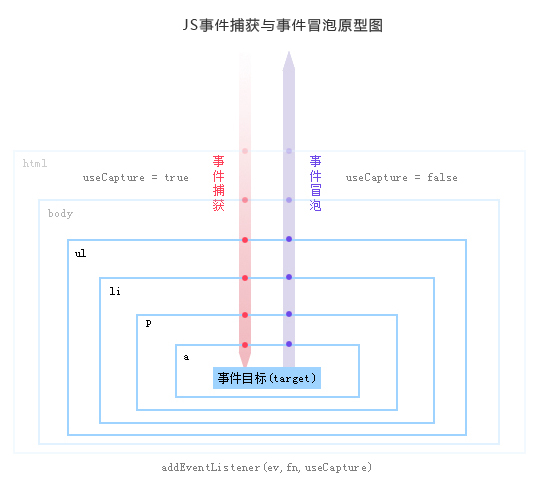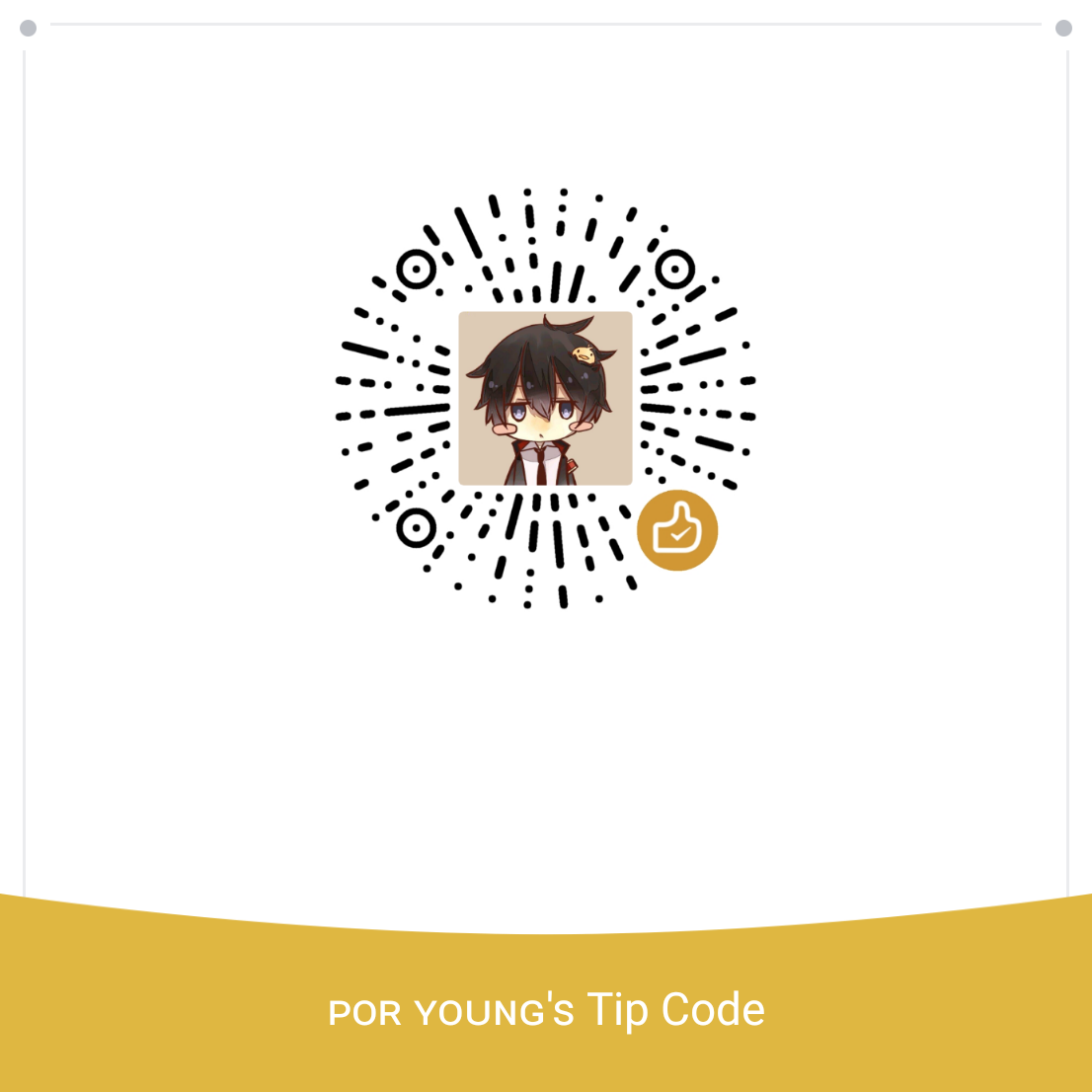事件流

事件捕获
捕获阶段,事件依次传递的顺序是:window –> document –> html–> body –> 父元素、子元素、目标元素
事件冒泡
以下事件不冒泡:blur、focus、load、unload、onmouseenter、onmouseleave,可以通过event.bubbles检查。
阻止冒泡:
1
2
3
4
5
6
7
8
9
10
11
| element.onclick = function (event) {
event = event || window.event;
if (event && event.stopPropagation) {
event.stopPropagation();
} else {
event.cancelBubble = true;
}
};
|
事件委托
事件委托,是把一个元素响应事件(click、keydown……)的函数委托到另一个元素,如在父元素的响应函数中处理子元素的事件,事件委托利用了冒泡机制,减少了事件绑定的次数,减少内存消耗,提高性能。
focus、blur 之类的事件本身没有事件冒泡机制,所以无法委托。
mousemove、mouseout 这样的事件,虽然有事件冒泡,但是只能不断通过位置去计算定位,对性能消耗高,因此也是不适合于事件委托的。
1
2
3
4
5
6
7
8
9
10
11
12
13
14
15
16
17
18
19
20
21
22
23
24
25
26
27
28
29
30
31
32
33
34
35
36
37
38
39
40
41
42
43
44
45
46
47
48
49
50
51
52
53
54
55
56
57
58
|
function eventDelegate(parentSelector, targetSelector, events, foo) {
function triFunction(e) {
var event = e || window.event;
var target = event.target || event.srcElement;
var currentTarget = event.currentTarget;
if (!Element.prototype.matches) {
Element.prototype.matches =
Element.prototype.matchesSelector ||
Element.prototype.mozMatchesSelector ||
Element.prototype.msMatchesSelector ||
Element.prototype.oMatchesSelector ||
Element.prototype.webkitMatchesSelector ||
function (s) {
var matches = (this.document || this.ownerDocument).querySelectorAll(
s
),
i = matches.length;
while (--i >= 0 && matches.item(i) !== this) {}
return i > -1;
};
}
while (target !== currentTarget) {
if (target.matches(targetSelector)) {
var sTarget = target;
foo.call(sTarget, Array.prototype.slice.call(arguments));
}
target = target.parentNode;
}
}
events.split(".").forEach(function (evt) {
Array.prototype.slice
.call(document.querySelectorAll(parentSelector))
.forEach(function ($p) {
$p.addEventListener(evt, triFunction);
});
});
}
eventDelegate("#list", "li", "click", function () {
console.log(this);
});
|
DOM2 的写法:addEventListener
addEventListener(type, listener, ?option)
- 参数 3:true 表示捕获阶段触发,false 表示冒泡阶段触发(默认)。如果不写,则默认为 false。
- 可以绑定多个响应函数,执行顺序是:事件被触发时,响应函数会按照函数的绑定顺序执行。
addEventListener()中的 this,是绑定事件的对象

